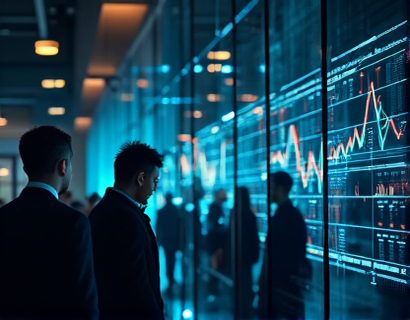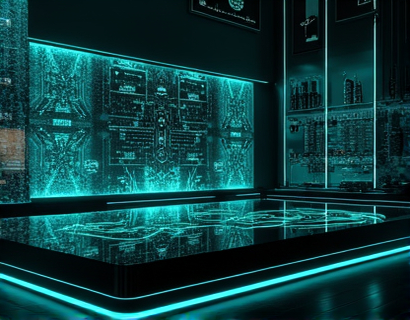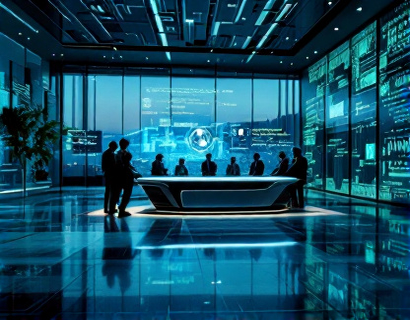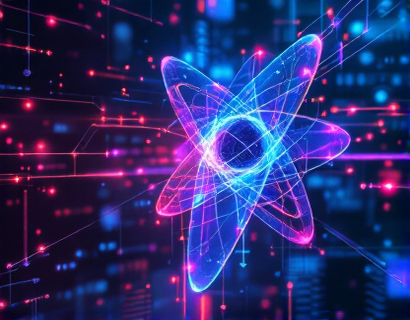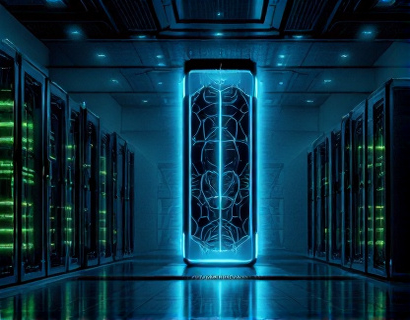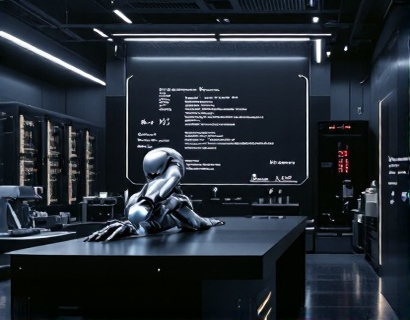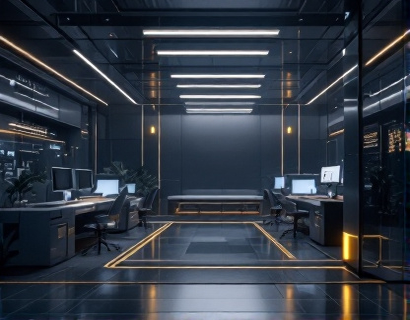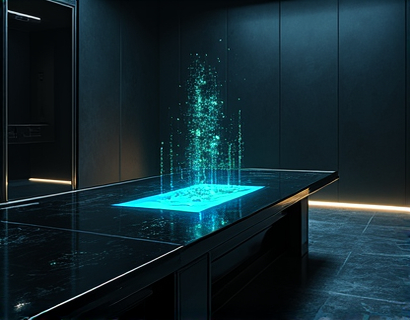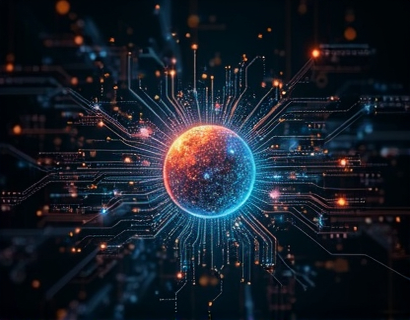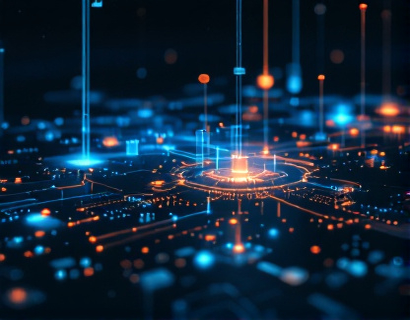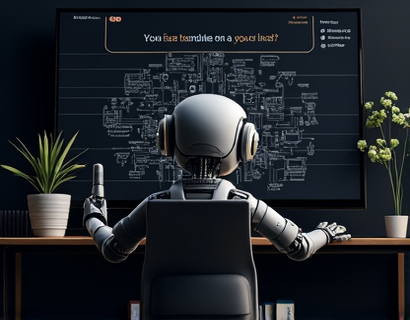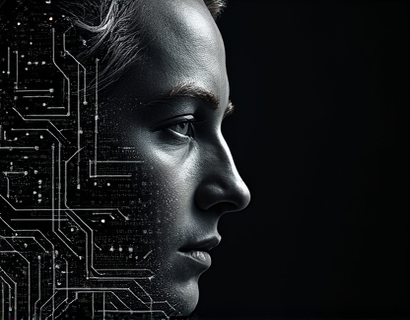Maximizing Event Impact with Advanced Lighting and Sound Hardware Solutions
In the world of event planning and production, the audio-visual component plays a crucial role in captivating audiences and leaving a lasting impression. Advanced lighting and sound hardware solutions, when managed effectively, can significantly enhance the overall experience. This article delves into how leveraging sophisticated hardware management software can streamline and elevate the control over lighting and sound systems, ensuring seamless integration and optimal performance.
Event planners and production managers face the challenge of coordinating multiple elements to create a cohesive and engaging experience. From concert stages to corporate conferences, the quality of audio and lighting directly influences audience engagement and satisfaction. Traditional methods of managing these systems often involve manual adjustments and can be prone to errors, leading to suboptimal performances. The introduction of advanced hardware management software addresses these issues by providing a comprehensive solution that enhances reliability, ease of use, and creative potential.
Understanding the Importance of Advanced Hardware Management
Advanced hardware management software is designed to integrate various lighting and sound devices into a unified system. This integration allows for centralized control, reducing the complexity of managing multiple devices. The software acts as a bridge, ensuring that all components work harmoniously, from dimmers and controllers to speakers and microphones. By consolidating control, event professionals can focus more on the creative aspects of their production, knowing that the technical execution is in capable hands.
The benefits of using such software extend beyond mere convenience. Reliable and efficient management of audio-visual equipment translates to fewer technical issues during events. This reliability is crucial, as any malfunction can disrupt the flow and impact the overall experience. Advanced software solutions often include features like real-time monitoring, automated troubleshooting, and remote access, which collectively contribute to a smoother event execution.
Key Features of Advanced Hardware Management Software
One of the primary features of advanced hardware management software is its ability to support a wide range of devices and protocols. This versatility ensures compatibility with various brands and models, allowing for a flexible and scalable system. Whether it's DMX512 for lighting control or AVB for audio, the software can handle different communication standards, making it a versatile tool for any event.
Another significant advantage is the user-friendly interface. Modern software designs prioritize ease of use, with intuitive dashboards and streamlined workflows. This approach reduces the learning curve for new users and allows experienced professionals to work more efficiently. Interactive tutorials and onboarding processes further enhance the user experience, ensuring that everyone can quickly become proficient in using the system.
Real-time data visualization is another critical feature. Dashboards that display current settings, power levels, and other key metrics provide immediate feedback, enabling quick adjustments as needed. This real-time insight is invaluable during live events, where conditions can change rapidly. The ability to monitor and respond to these changes promptly helps maintain the highest level of performance.
Enhancing Creativity and Flexibility
Advanced hardware management software not only streamlines operations but also opens up new possibilities for creative expression. With a centralized system, artists and producers can experiment with complex lighting and sound designs that would be challenging to execute manually. The software can handle intricate sequences and transitions, allowing for dynamic and immersive experiences.
For instance, in a live concert, the software can synchronize lighting effects with the music's beat and melody, creating a visually stunning backdrop that enhances the auditory experience. In a theater production, it can manage intricate scene changes, ensuring that lighting and sound align perfectly with the action on stage. These capabilities empower creators to push the boundaries of what is possible, resulting in more engaging and memorable events.
Case Studies and Real-World Applications
To illustrate the impact of advanced hardware management software, consider a few real-world applications. At a major music festival, the use of a centralized lighting and sound system allowed for seamless transitions between acts. The software's real-time monitoring capabilities ensured that any issues were quickly identified and resolved, maintaining the high energy levels throughout the event. Attendees reported an enhanced experience, praising the consistent and high-quality audio and lighting.
In a corporate conference setting, the same software was used to create a professional and engaging atmosphere. The ability to control multiple presentation rooms from a single interface simplified the logistics for the event staff. This efficiency allowed the focus to remain on the content, ensuring that the presentations were delivered smoothly and effectively. Participants appreciated the consistent and reliable audio-visual support, contributing to a positive overall impression of the conference.
Challenges and Solutions in Implementation
While the benefits of advanced hardware management software are clear, there are challenges to consider during implementation. One common issue is the initial investment cost. High-quality software and compatible hardware can be expensive, especially for smaller event production companies. However, the long-term savings from reduced technical issues and increased efficiency often justify the upfront cost. Additionally, many software providers offer flexible pricing models, including subscription-based options, to make the technology more accessible.
Another challenge is the need for training and adaptation. Staff must be comfortable using the new system, which requires proper training and support. Most software providers offer comprehensive training programs and ongoing support to help users transition smoothly. By investing in training, event teams can maximize the software's potential and fully leverage its features.
Future Trends in Audio-Visual Technology
The field of audio-visual technology is rapidly evolving, with new advancements continually emerging. One trend to watch is the integration of artificial intelligence (AI) and machine learning (ML) into hardware management systems. AI can predict and automate routine tasks, further reducing the workload for event professionals. For example, AI algorithms can analyze past events to optimize lighting and sound settings for future occurrences, ensuring consistent quality without manual intervention.
Another exciting development is the rise of wireless and battery-powered devices. These innovations offer greater flexibility and reduce the complexity of cabling, making setup and teardown processes more efficient. Wireless microphones and speakers, in particular, have become more reliable and high-quality, providing event planners with more options for creating dynamic and mobile setups.
Conclusion
Advanced lighting and sound hardware solutions, supported by sophisticated management software, are transformative tools for event planners and production managers. By streamlining control and enhancing reliability, these technologies enable the creation of more engaging and memorable events. As the industry continues to evolve, embracing these advancements will be key to staying competitive and delivering exceptional experiences.




